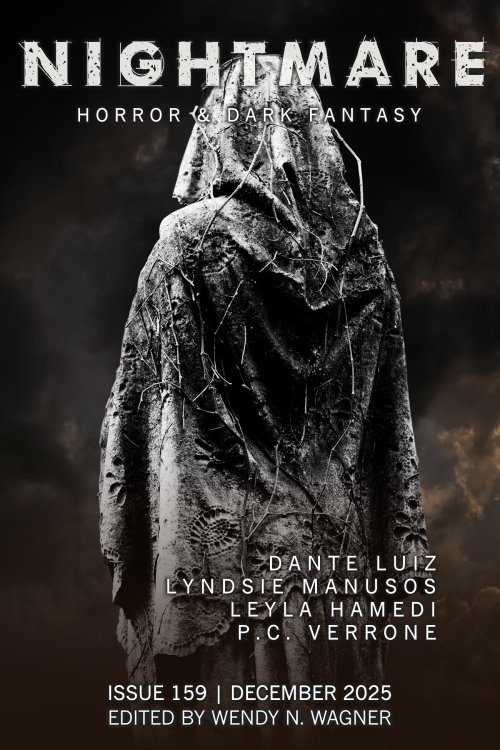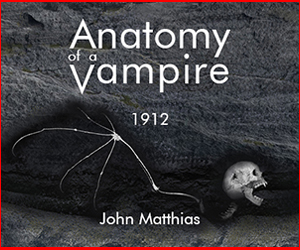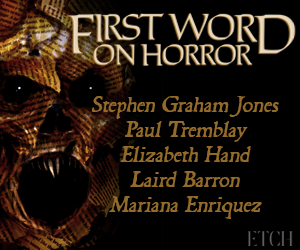Author Spotlight
Author Spotlight: Sandra McDonald
The story sprang out of a small, lovely book I picked up at a yard sale—The Ladies’ Letter-Writer—published in Great Britain in the early 1900s. You can see similar volumes on Google Books, all of them harkening back to an era when we relied so much on written correspondence. The sample letters cover many common occasions such as marriages, births, and deaths. The tone is very calm, the circumstances sometimes heartbreaking.








